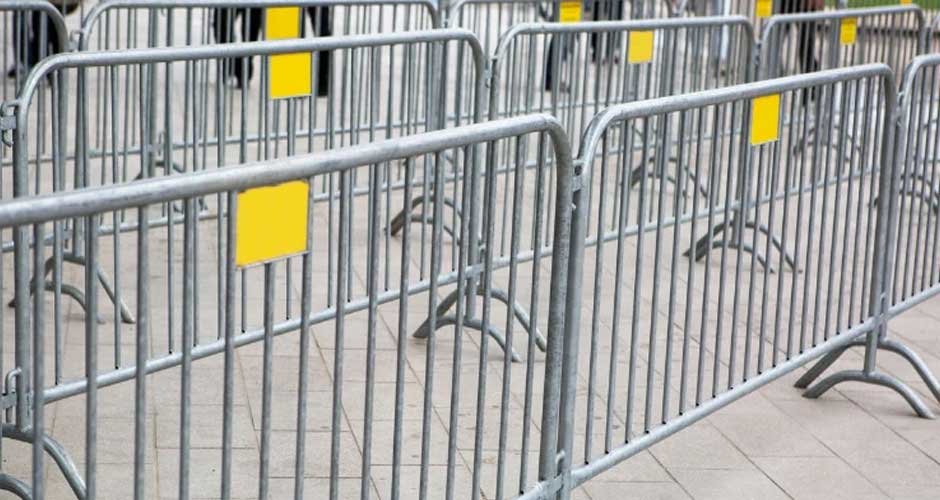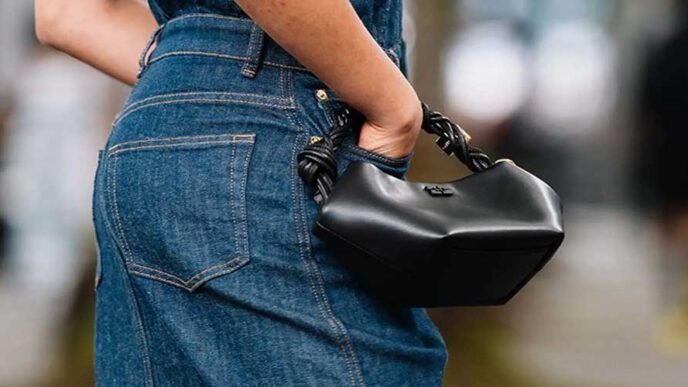Crowd control is a critical aspect of event management, ensuring the safety and security of attendees, staff, and performers. Metal barriers stand out among the various tools and strategies used for effective crowd management for their robustness, versatility, and reliability.
This blog post delves into the multifaceted benefits of a steel barrier, exploring how they enhance crowd control at events and contribute to a safe and organized environment.
Importance of Crowd Control
Effective crowd control is essential for several reasons:
- Safety: Prevents accidents and injuries by managing the flow of people and minimizing overcrowding.
- Security: Helps in maintaining order, preventing unauthorized access, and deterring criminal activities.
- Efficiency: Facilitates smooth entry and exit, reducing wait times and ensuring a positive experience for attendees.
- Compliance: Ensures adherence to legal and regulatory requirements, avoiding penalties and liabilities.
Types of Events Benefiting from Steel Barriers
Steel barriers are versatile and can be used in a variety of events, including:
- Concerts and Festivals: Manage large crowds and ensure the safety of attendees.
- Sports Events: Separating fans from players and maintaining order in the stadium.
- Parades and Public Gatherings: Controlling the flow of people and preventing disruptions.
- Political Rallies and Protests: Ensuring peaceful demonstrations and protecting public property.
- Corporate and Private Events: Manage guest lists and ensure orderly conduct.
Advantages of Steel Barriers
Steel barriers offer numerous advantages over crowd control tools, such as plastic or temporary fencing. Here are some key benefits:
- Durability and Strength: Steel barriers are incredibly durable and can withstand significant force and pressure. This makes them ideal for managing large crowds with high risk of pushing and shoving. Their robustness ensures they remain intact and effective throughout the event, providing reliable crowd control.
- Visibility and Deterrence: The imposing presence of steel barriers is a visual deterrent, discouraging attendees from attempting to bypass or breach restricted areas. Their solid construction and metallic finish make them highly visible, reinforcing the perception of security and order.
- Versatility: Steel barriers can be used in various configurations to suit different crowd control needs. They can be arranged in straight lines, curves, or enclosed areas to create designated pathways, restrict access, or section off areas. Their modular design allows for easy setup, adjustment, and dismantling.
- Safety Features: Modern steel barriers are designed with safety in mind. They often feature rounded edges, smooth surfaces, and interlocking systems that prevent gaps or sharp protrusions. This minimizes the risk of injuries to attendees and staff.
- Cost-Effectiveness: Despite their higher initial cost compared to some other materials, steel barriers offer long-term cost savings due to their durability and low maintenance requirements. Their longevity ensures they can be reused for multiple events, reducing the need for frequent replacements.
Enhancing Event Security
One of the primary functions of steel barriers is to enhance security at events. Here’s how they contribute to a secure environment:
- Access Control: Steel barriers are essential for controlling access points, ensuring only authorized individuals can enter specific areas. This is particularly important for VIP sections, backstage areas, and restricted zones. By clearly delineating these areas, steel barriers help prevent unauthorized access and potential security breaches.
- Perimeter Security: For large outdoor events, steel barriers can establish a secure perimeter, preventing unauthorized entry and maintaining order. This is crucial for events with ticketed entry, where controlling the flow of people into the venue is necessary to ensure that only paying attendees gain access.
- Crowd Management: During high-traffic periods, such as the start or end of an event, steel barriers help manage the flow of people, preventing overcrowding and potential stampedes. By guiding attendees along designated pathways, barriers reduce the risk of chaos and maintain a smooth and orderly movement of crowds.
- Emergency Situations: In the event of an emergency, such as a fire or medical incident, steel barriers can be quickly repositioned to create clear evacuation routes or secure areas for emergency responders. Their stability ensures they remain effective even in high-stress situations, facilitating efficient emergency management.
Improving Attendee Experience
While the primary goal of steel barriers is to ensure safety and security, they also significantly enhance the overall attendee experience. Here’s how:
- Organized Entry and Exit: Long lines and chaotic entry processes can significantly diminish the attendee experience. Steel barriers help create organized queues, reducing wait times and ensuring a smooth and efficient entry and exit process. This contributes to a positive first impression and sets the tone for the event.
- Clear Signage and Directions: Steel barriers can be equipped with signage to provide clear directions and information to attendees. This helps in guiding them to their designated areas, restrooms, food stalls, and other facilities, enhancing their convenience and overall experience.
- Designated Viewing Areas: For events such as concerts and parades, steel barriers can be used to create designated viewing areas, ensuring that all attendees have a clear line of sight. This enhances their enjoyment of the event and prevents disputes over space and positioning.
- Maintaining Order: Steel barriers prevent overcrowding and manage the flow of people, contributing to a more orderly and enjoyable event experience. Attendees can move freely and comfortably without the stress and discomfort of navigating through dense crowds.
Case Studies and Examples
To illustrate the effectiveness of steel barriers in improving crowd control, let’s look at some real-world examples:
- Music Festivals: Large music festivals such as Coachella and Glastonbury use steel barriers extensively to manage massive crowds, secure stages, and control access to VIP areas. Their strategic placement ensures the safety of attendees and performers while maintaining an enjoyable atmosphere.
- Sports Events: Major sports events like the Olympics and FIFA World Cup rely on steel barriers for perimeter security, access control, and crowd management. Their durability and flexibility make them ideal for handling sports venues’ dynamic and often high-pressure environments.
- Public Gatherings: During public gatherings and protests, steel barriers are used to maintain order, protect public property, and ensure the safety of both demonstrators and the general public. For example, during the New Year’s Eve celebrations in Times Square, steel barriers are crucial in managing the enormous crowds and ensuring a safe and orderly event.
Conclusion
Steel barriers are an indispensable tool for effective crowd control at events. Their durability, versatility, and safety features make them ideal for managing large crowds, enhancing security, and improving the overall attendee experience. By incorporating steel barriers into their crowd control strategies, event organizers can ensure a safe, secure, and enjoyable environment for all participants.












